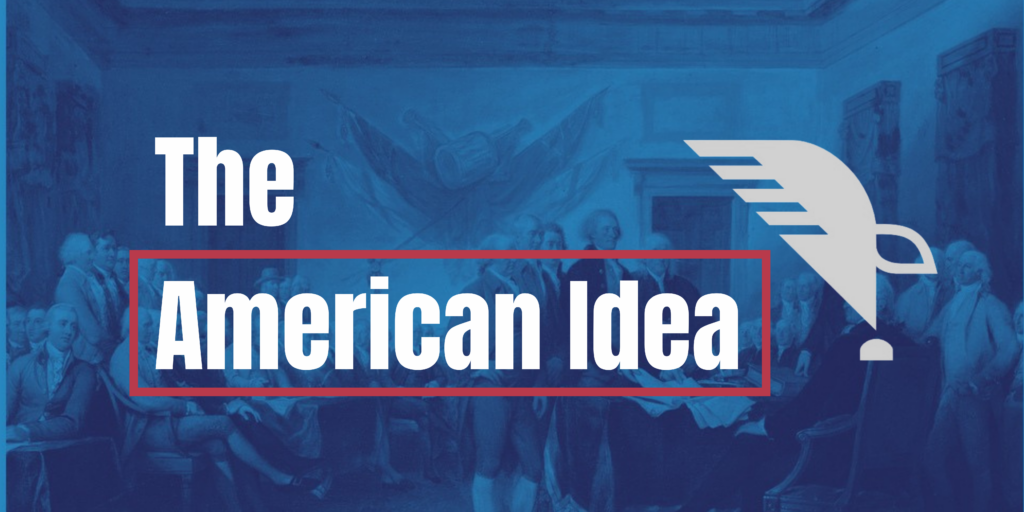Documents & Debates: LBJ, Vietnam, and the Cold War
August 2, 2023

The Post-World War II Era
After World War II, the United States emerged as an undisputed world power. Many nations sought to build a post-war order based on democracy and freedom, and the Vietnamese, under the leadership of Ho Chi Minh, yearned for independence from French colonial control. However, Ho Chi Minh’s communist ideology presented a dilemma for the U.S.: should it support self-determination even if it advanced communism, or side with the French in retaining their colony? The U.S. chose the latter and supported the French in the First Indochina War, ultimately leading to a divided Vietnam.
The Gulf of Tonkin Incident
As the 1960s progressed, the U.S. faced increasing political instability in South Vietnam amid a growing communist insurgency. The U.S. was already prepared to introduce military forces to help South Vietnam defend itself when in August 1964 the Gulf of Tonkin incident occurred. On 2 August, North Vietnamese patrol boats attacked U.S. warships that were secretly supporting South Vietnamese commando operations against North Vietnamese targets. President Lyndon Johnson used this opportunity to request from Congress the authority to use all necessary measures to achieve U.S. aims in Southeast Asia, effectively obtaining a blank check for military action.
The Impact, Timing, and Escalation
The Johnson Administration’s deliberate wording and omission of the covert commando operations in the Gulf of Tonkin shaped the Congressional resolution, leading to nearly unanimous support. The timing of the incident was strategically useful for Johnson, as it preceded the 1964 presidential election, which he won decisively against Barry Goldwater. Despite this, Johnson chose to hold off on exercising the authority granted by the Gulf of Tonkin Resolution until late 1964, after the election.
Questionable Strategy and Unreliable Metrics
The initial military strategy involved utilizing superior American air power to target North Vietnamese military and industrial facilities. Subsequently, the “Search and Destroy” strategy involved deploying American infantry to locate and engage communist forces. This approach relied on a body count metric, where killing as many enemy soldiers as possible was considered progress.
The Johnson administration’s positive portrayal of progress in the war created a credibility gap between the government’s message and the reality on the ground. The 1968 Tet Offensive, a significant military and political offensive by the communists, further eroded public confidence in the administration’s claims of progress.
Nixon’s Election and Policy Changes
Richard Nixon, the Republican nominee in the 1968 election, promised to end the war with “Peace With Honor.” He proposed Vietnamization, gradually reducing American forces and increasing South Vietnamese troops’ involvement in the conflict. While the drawdown was slow initially, by 1972 only a few thousand American troops remained in Vietnam.
The Vietnam War was a complex and contentious conflict with a profound impact on American society and politics. From the initial Gulf of Tonkin Resolution to the escalating military strategies and questions about the government’s honesty and aims, the war’s challenges shaped public perception and political decisions. As we reflect on this period, it serves as a reminder of the importance of sound decision-making, transparency, and learning from history to avoid repeating past mistakes.
Subscribe through your favorite platform: https://linktr.ee/theamericanidea

